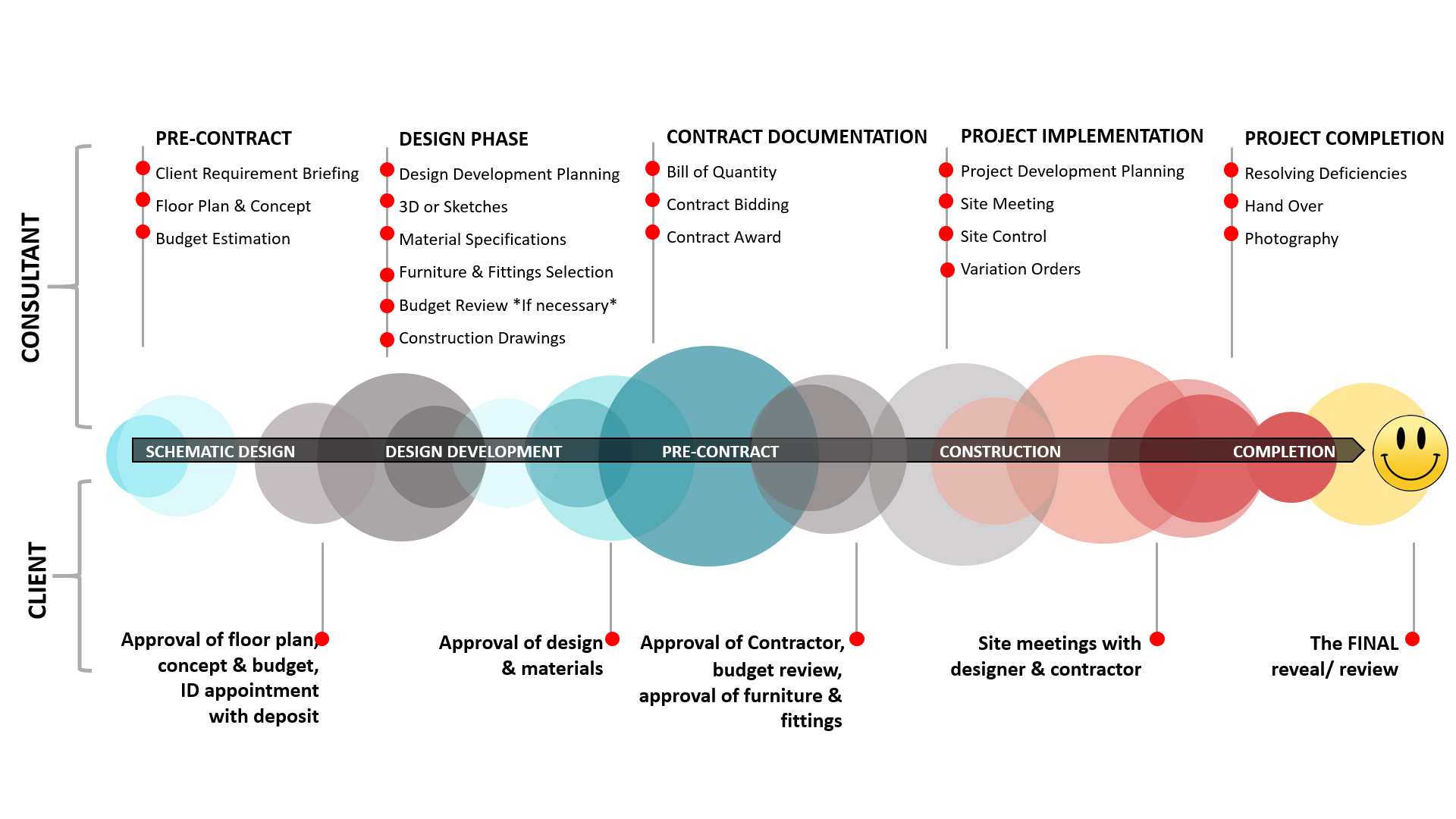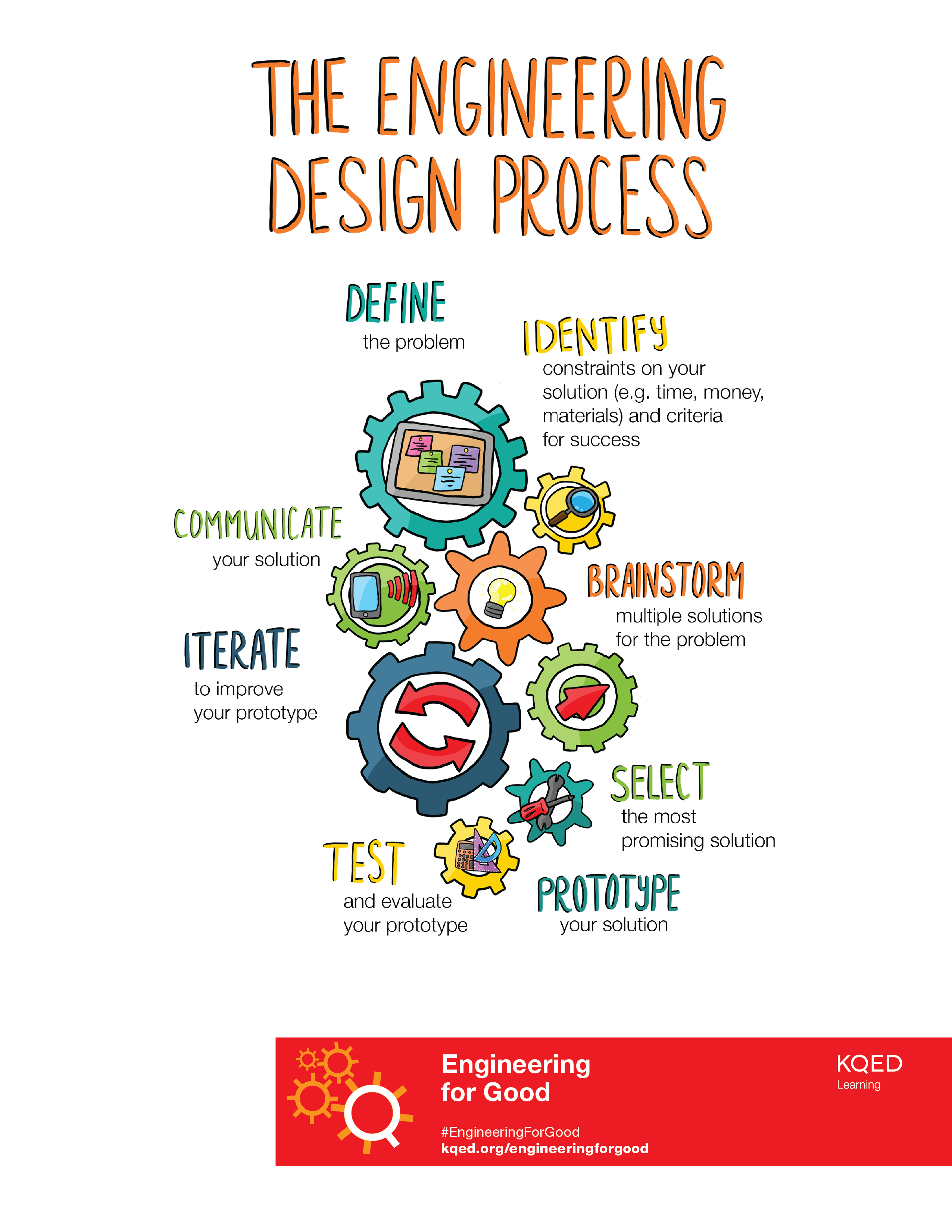Table Of Content

The product design process is, at its core, a problem-solving endeavor. It’s about understanding the challenges your target users face and coming up with effective solutions—then designing those solutions to ensure that they’re desirable, usable, and accessible. When I started my way as a designer, I thought that drawing a UI is the moment when I can express my creativity and design what I personally like. But it’s not the case, almost any of our UI solutions, either it is a choice of colors, fonts or a visual hierarchy, should be based on the data we received at the Design Research stage.
The List of UX Tools to Rule Them All

However, you can also achieve balance without symmetry — perhaps unsurprisingly, this is known as asymmetrical balance. We achieve asymmetrical balance when we arrange differently sized elements in a way that results in unity. We can imagine a centre point of the design and distribute the elements in a way that creates balance. Balance is the principle governing how we distribute the elements of a design evenly. Balanced designs tend to appear calm, stable and natural, while imbalanced designs make us feel uneasy.
Use Prototypes
When they want to gather information on products users want or test new products, they send that information to the design lab. There, the team shares storyboards and infographics with real customers to generate feedback and improve the ideas or offerings. From simple logos that speak for our brands to complex architectural designs and software applications, the design process is intricate. It aims to solve problems, create products that customers will love, and get to market faster than the competition. This model balances expansive thinking with focused execution to ensure that design solutions are both creative and practical.
Lack of Structure or Focus
You can and should adapt the process to fit your situation better by spending more or less time at various steps or by adding or removing them completely. So, rather than following all the steps in order every time, you step forward and backward repeatedly. For example, you might finish planning a project and move on to creating a mockup. As you work on your mock up, you could find a new area that you need more data about. So you stop work on the mockup and return to the planning step where you do additional research. Some creative professionals try to rely upon inspiration and their elusive creativity to find their best ideas.
We perform a whole slew of UX tasks as we go through a design process to create a final design. For instance, we usually start with gaining a deep understanding of users before we go on to create designs and test them with users. Different UX roles simply take charge of different subsets of these UX tasks. Wireframes play a critical role in the UX design process by serving as a blueprint for the layout and functionality of a website or application. Designers create wireframes in the early stages, typically during or right after the ideation phase.
Prototypes can be interactive and clickable, allowing stakeholders (and sample users) to interact with them as if they’re a live product. Some common UX research methods include user interviews, surveys, A/B tests, card sorting, first-click tests and eye-tracking. The research stage can also involve researching competitors to see what’s already on the market. Understanding the UX design process is crucial for every role within UX.
An inside look at the Broncos' uniform design process for the 'Mile High Collection' - DenverBroncos.com
An inside look at the Broncos' uniform design process for the 'Mile High Collection'.
Posted: Mon, 22 Apr 2024 18:56:15 GMT [source]
If you’re going to adopt a design thinking framework, it’s wise to do an internal audit of your staffing needs, said Marcello Magalhaes, founder and chief design officer at brand design firm Speakeasy. His firm helps clients like Coca-Cola, Fanta, McDonald’s and Burger King find the right creative talent for special product launches and branding campaigns — roles that often don’t exist in-house. Design thinking can necessitate some upfront risk, creativity and increased collaboration amongst teams and users to make the practice effective.
The developed mobile phone holder should:
Let's explore some essential aspects that contribute to effective designing. During this stage, attention is given to the smallest details, ensuring that the design is visually pleasing, functional, and aligns with the initial objectives. Designers also conduct usability tests and gather user feedback to validate the effectiveness of the design. Overall, they will continue to iterate and refine the design based on feedback and test results, to be able to meet the highest standards of quality and user satisfaction. The finalization stage is where designers fine-tune the design, making necessary adjustments and improvements.
Step 7: Launch
Benesh, the Mets’ executive director of consumer products, carried with him a half-dozen swatches sent by Nike to compare with the purple circle on every 7-line sign. While there is an official, mandated purple of the 7 line, this is the subway, and the execution of that purple varies stop by stop. The architectural design adds important details ignored during the interface design. Design of the internals of the major components is ignored until the last phase of the design. Now that we’ve gone through the 6 main UX roles, you should have a much clearer idea of the one that appeals the most to you. Consult Choosing the Right UX Process for Your Software-Development Model by Deepak Arasu for more valuable insights.
They use Arduino microcontrollers, create circuits and write code to read finger flexes and send angle info to servos. Students gain practice in Arduino fundamentals as they design their own small-sized prototype light sculptures to light up a hypothetical courtyard. They program Arduino microcontrollers to control the lighting behavior of at least three light-emitting diodes (LEDs) to create imaginative light displ... Students are given a difficult challenge that requires they integrate what they have learned so far in the unit about wait blocks, loops and switches. They incorporate these tools into their programming of the LEGO® MINDSTORMS® robots to perform different tasks depending on input from a sound sensor...
"These loops happen everywhere; how we can see these loops is as quality assurance... They mean you can always go back and start the process again," while generating multiple ideas along the way. This is the final stage, only reached after the other stages are complete and you're ready to commit to the one idea that works better than all the others. Your finally manufactured design solution will be tested on how it meets the design specification. Information in the specification will be used to help develop possible solutions. The incremental steps help you stay focused on the end consumer and deliver a finished product that they’ll actually need and buy. For example, a brief stage can be initiated by identifying a problem and then instructing everyone to note their ideas before the idea review meeting.
As we’ve seen, the Design Thinking process can be applied to all areas of business. It’s a tool that can be used by anyone in any department to foster innovation and find creative solutions to complex problems. Whether you’re a designer, a teacher, or a CEO, the Design Thinking process will transform the way you think, collaborate, and come up with ideas. As a designer, you might invite your colleagues from other departments to harness a diversity of ideas. Design Thinking workshops aren’t just for designers, though; all teams can use and benefit from this creative approach to problem-solving.
IDEO is a leading design consultancy and has developed its own version of the design thinking framework. The team focuses on strategic thinking, problem-solving and the cognitive aspects of design. It involves research and analytical thinking to ensure that design decisions are purposeful.
Once you’ve conducted user research, the next step is to analyse your findings and synthesise the results into meaningful, actionable insights. Here, you’ll find a guide on how to write a UX research report and share your findings. Give your team the skills, knowledge and mindset to create great digital products. Combine the UX Diploma with the UI Certificate to pursue a career as a product designer.
Inside the Design Process of CRKT Knives - GearJunkie
Inside the Design Process of CRKT Knives.
Posted: Fri, 26 Apr 2024 15:06:00 GMT [source]
Students control small electric motors using Arduino microcontrollers to make little spinning fans made with folded and glued paper sticky notes. They build basic circuits and modify code, before applying the principles to create their own more-complicated motor-controlled projects. Student pairs design, redesign and perform simple experiments to test the differences in thermal conductivity (heat flow) through different media (foil and thin steel). Then students create visual diagrams of their findings that can be understood by anyone with little background on the subject, appl... Students choose their design, mix their nano-polymer (based in silicone) with starch and add coloring of their choice. While students think critically about their design, they embed strings in the nano-polymer material to optimize bo...


No comments:
Post a Comment